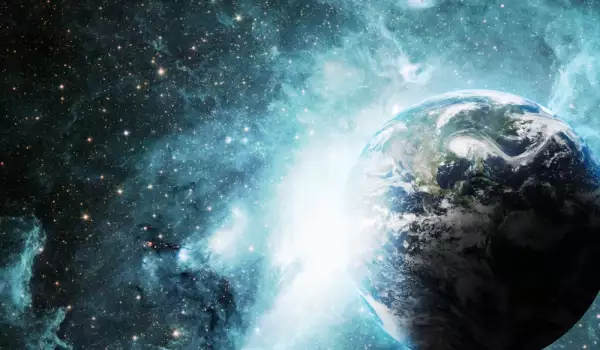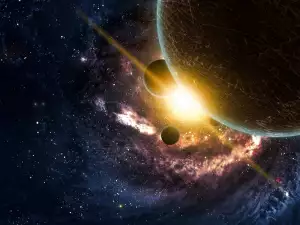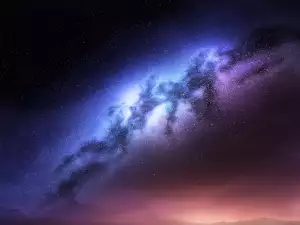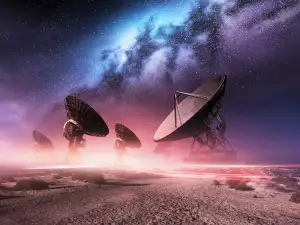British scientists have managed to measure the weight of the Milky Way. It turns out that the mass of our galaxy is equal to half the mass of Andromeda - the galaxy neighboring our Milky Way.
This find proves that the weight of the Milky Way is not as great as numerous scientists previously thought. Experts from Edinburgh proved however, that the weight of the Milky Way is less than that of Andromeda. Both galaxies have the same spiral structure.
"We always suspected that Andromeda is more massive than the Milky Way, but weighing both galaxies simultaneously proved to be extremely challenging. Our study combined recent measurements of the relative motion between our galaxy and Andromeda with the largest catalogue of nearby galaxies ever compiled to make this possible, " stated Dr. Jorge Penarrubia, one of the researchers.
The Milky Way and Andromeda are the largest structures in a region of galaxies that astronomers call the Local Group. To determine the mass of both galaxies, scientists calculated the mass of the dark matter in their outer regions.
What's curious is that 20% of the matter in both galaxies is invisible and so far scientists had been unable to tell which one was larger.
Astronomers have measured that the Andromeda galaxy contains twice the amount of dark matter. Dark matter is the poorly understood invisible substance forming the greater portion of the outer regions of galaxies.

Even though the Milky Way and Andromeda look similar in size, so far scientists had been unable to prove which one is more massive. In past studies, scientists had only been able to calculate the mass found in the inner regions of both galaxies.
Just a few days ago, a group of astronomers managed to find the farthermost galaxy using the Hubble telescope. The gigantic galaxy is of the "lens" type and it beats the past record holder by 200 million years.
NASA announces that finding such a galaxy is exceptionally rare because the region had not been previously inspected.








